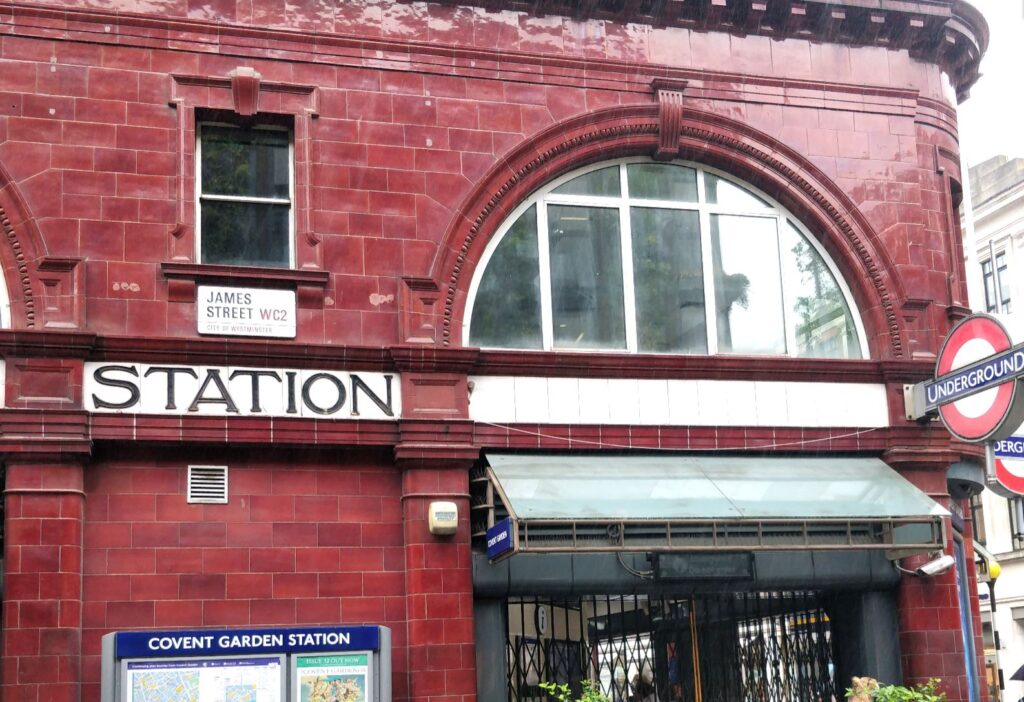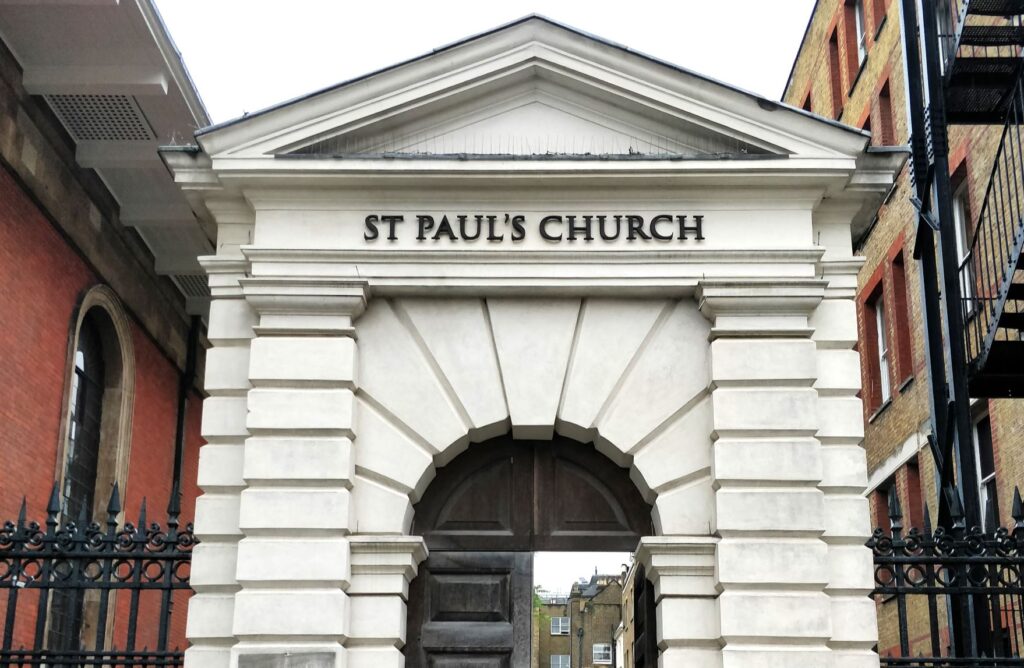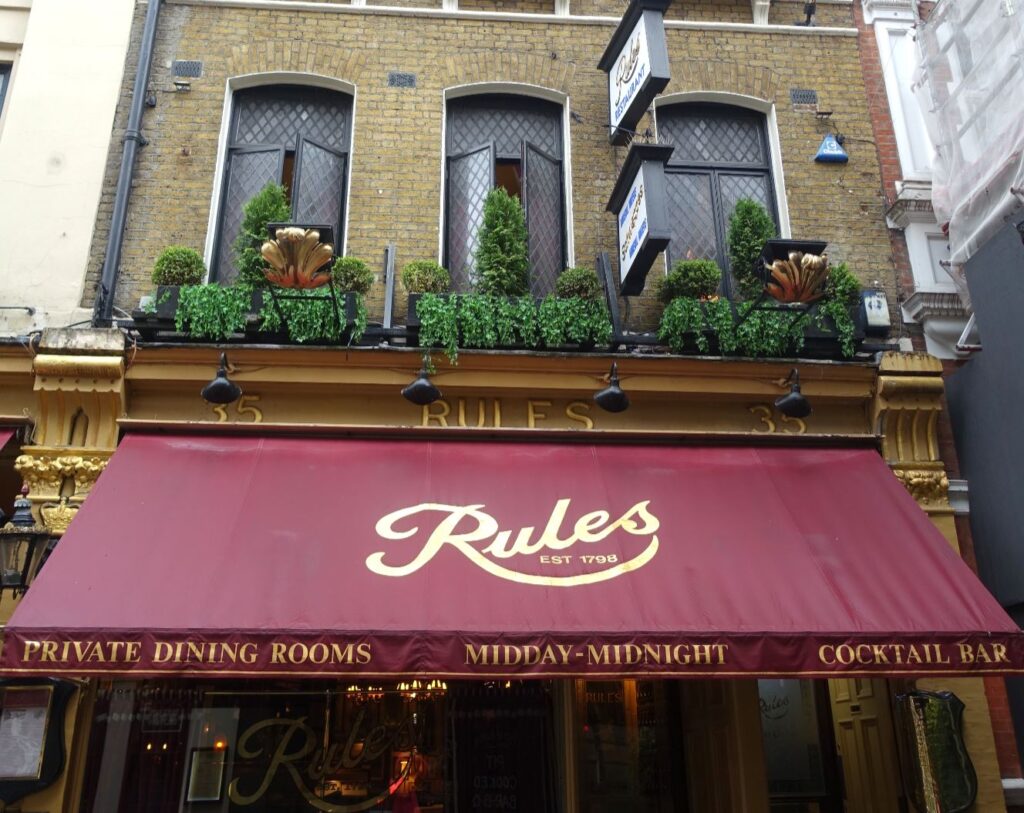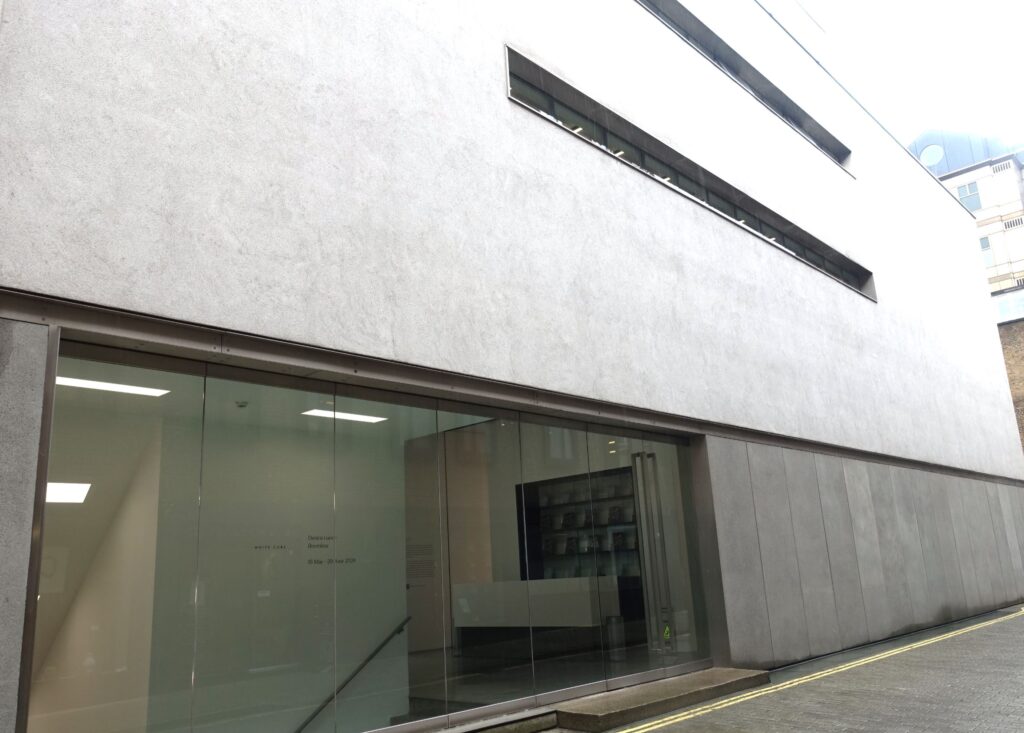| Distance: 5.8km (3.6miles) |
| Facilities: Cafe and toilets are inside the art galleries |
| Start: Covent Garden Tube station |
| End: Tate Britain (Mill Bank) |
| Highlines: Tate Modern Turner collection |
| Hidden gem: Centre of London Art Market |

Overview
J.M.W Turner (1775–1851), often referred to as the ‘father of modern art’, was born and raised in London. If you are like me, a big fan of watercolour, you’ve certainly seen his paintings of sea, sky and marine scenes, but did you know he was born at a Barber shop at the corner of Covent Garden? (Now’s it’s a huge Irish pub with award winning craft beer, hard to beat this as a start of a life journey!)
In this walk we will start at his birth place, follow his study at Royal academy of Art, visit the galleries that displayed his work, peer into the London Art Market, view the object of his first watercolour painting and finally immerse ourselves in his master pieces at Tate Britain.
Places of interests
Turner’s Born Place

On April 23, 1775, Turner was born at 21 Maiden Lane in Covent Garden. His father was a wig marker and barber. He was the child prodigy from a working class family. Perhaps, his working class background drove his style massively apart from those grand masters before him, who desperately wanted to display glamour.
Today, 21 Maiden Lane is no longer a barber shop. The building has been demolished and rebuilt. At the location is one of Covent Garden’s most be-loved pubs, the PorterHouse. If you fancy a drink, the pub is definitely worth to go in. It spreads across 12 floors (including mezzanines) and offers you craft beer, cocktails, whiskey and food. There is a Green Plaque on the wall to reassure this was the place of birth of J.W.M.Turner.
St Paul’s Church

St Paul’s church is also known as the Actor’s church, because its connection with the Theatres around Covent Garden. This was Turner family’s local church. His parents married here, he was baptised here and his Dad buried here. (See the Memorial plaque on the north wall of the church). Apparently Turner failed to pay the stonemason who made the memorial plaque, probably due to the mistakes on the plaque. On the stone (see photo below), Turner’s name should be J.M.W.Turner not I.M.W., and his father died in 1829 not 1830. As it’s Actor’s church, there are memorial plaques of famous actors on the wall inside the church, including Charlie Chaplin (though he’s buried in Switzerland)
The Church has a beautiful garden at the back, and hosts various of plays and shows from May to September.

Royal Academy of Art

Royal Academy of Art (RA) was founded in 1768 by a group of artists and architects with the King’s approval. Turner studied at RA from age 14 and later became an Academician there. He exhibited his first watercolour at age of 15. RA is still a popular art school today. Run by artists and funded from its annual summer exhibition sells, its 3 year postgraduate programme has no tuition fees. Each student gets a free studio! There’re always some exhibitions either free or paid. A copy of the ‘last supper’ can be found in the free exhibition area, which is at back of the building. To get to there, you need to go through a sequence of corridoors, then you will see a second lobby. The gallery is on the first floor on your left. The cafe here is also a nice resting place as tourists don’t venture this deep into the building.
Centre of London Art Market

Opposite RA is Duke Street St James. You can immidately spot a line of private art galleries. In the area of St James(bounded by st James Palace, Pall mall, Piccadilly and Hay Market), there’re over 50 art dealers and galleries.
From Christie’s-the world famous auction house to White Cube-the modern gallery promotes young artists, you can see Western Fine art (e.g. the Philip Mould Gallery. Philip is the art expert in the BBC documentary “Fake or Fortune”. If you haven’t watched the series, I strongly recommend it.) as well as Modern Chinese Art. Some of the galleries are open to public, such as White Cube at Mason Yard. Some galleries have periodic exhibitions. Please check individual website for exhibitions and opening times. Here‘s a list of them. Even if you don’t want to go in, browsing the window displays in the area is very pleasant.

Tate Britain

Turner was fortunate to make fame and fortune from early on. His will was to leave his fortune to support poor artists and leave good portion of his art work for public to enjoy.
He never married and had two daughters, one of them died before him. Upon his death, his other daugher and a few cousins challenged his will.
After a long court battle, his charity for poor artists was scrapped. The court ruled more work of arts to the nation to balance out the loss of the charity fund.
In his second will, made in 1831, Turner specified his oil painting “Dido building Carthage” should hang alongside Claude’s “A Seaport” and “Landscape with the Marriage of Isaac and Rebekah”. Hopefully you can see that in National Gallery (Room15). Also his ‘The Fighting Termeraire’ in Room 34. That is the painting featured at back the latest £20 note.

The rest of the Turner Bequest is at Tate Britain (formerly known as National Gallery for British Art) and the most famous of them are on display in Room 31-37,39.

Walking Routes
Start from Covent Garden Tube station

Turn right onto St James St

Walk into Covent Garden Market, go through the Apple Market.

One of the five gates of St Paul’s Church is right in front of you.

Go through the gate into church yard, then the back garden. Turn around, and you will see the entrance of the church facing the back garden. The memorial plaque to Turner’s Father is on the left-hand side wall as soon as you walk in. It’s not very obvious, as it’s tucked away in a corner. Come out of the church, and take the left(south) alley from the church garden. It leads you onto Henrietta street. Turn right heading west to Bedford st. Then left onto Maiden Lane. Turner’s birth place is the third door down on your right at 21-23 Maiden Lane.

A bit further into Maiden Lane, is the oldest restaurant in London: Rules opened in 1798.

After enjoying a pint, heading west along Chandos Place, and keep going onto William IV street. When you come out, National Portrait Gallery is right in front you on the other side of Charing Cross Road.

Cross the road, the entrance is further up(north) the road. Turn right, and you will be against the flow as most people are heading down to Trafalgar square. 100 meters up, when the pavement opens up into a little square, turn around you will see the new wider entrance of the national gallery.

The older portraits are on the third floor. The Elevator behind the ticket desk goes directly onto the third floor. Room 17 has a portrait of J.W.M.Turner by John Linnell. Turner did several self-portraits, one of them is on display at Tate Britain.

Come out of National Portrait Gallery. Head to Trafalgar square where the National Gallery is. On the day of my walk, the queue was too long and as it didn’t seem to move, I skipped it. So be prepared, you may have to skip this one like me. With the Salisbury gallery’s temperate closure and National Gallery’s 200 year anniversary, it is busier than usual. Their website strongly recommends a booking in advance.

If you are lucky to get in, hopefully you will find nine of Turner’s paintings spread out in Room 15, 34 and 36 (though they re-arranged some paintings, I can’t guarantee Turner’s work are on display). Out of National Gallery, turn right, onto East Pall Mall, then turn right again onto Haymarket.

Walk up Haymarket towards Piccadilly Circus, if you want to avoid crowd, turn left at Jermyn Street (famous for tailored men suits), follow Jermyn Street till Fortnum & Mason. Then turn right, soon you will see RA in front of you.

If you haven’t been to Piccadilly Circus before, keep going till Coventry Street. Turn left onto Coventry Street, and you will see the big screens at Piccadilly circus and the famous Eros, Shaftesbury memorial fountain. Unveiled in 1893 to commemorate Lord Shaftesbury’s philanthropic work. The actual subject is Antheros, the Angel of Christian Charity and brother of the Greek god of love, which symbolises Earl of Shaftesbury’s charity for children, but Londoners refer to it as Eros. Go around the fountain. Cross the traffic lights onto Piccadilly. Then follow it all the way to Fortnum & Mason. Royal Academy of Art is opposite Fortnum & Mason at Burlington House.

Burlington house is the home of multiple societies. The other societies may open to public during the Open House days (normally at last weekend of September). The RA is free to enter from Tuesday to Sunday. There are many cafes, restaurants and exhibitions scattered around the buildings.

If you go through to the back of the building to see the “last supper”, you can come out from the Burlington Garden entrance. Then turn left to go back to Piccadilly.

The road direct opposite RA’s Piccadilly entrance is Duke Street St James’s. It has lines of private galleries. Mason’s Yard, where the White Cube is, is half way down the road, on your left.

white cube

Christie’s

Take your time to explore this area. After you see Christie’s, follow King St towards St James’s Square. It’s a beautiful garden. If it opens you can walk through it, take the right hand side exit.

Head towards the right-hand corner, then exit the square. Philip Mould’s gallery is on your left as you crossing Pall Mall, it opens during weekdays. Go through Carlton Gardens, either turn left or right, and you will end up on Carlton house terrace, both side have stairs to go down onto the Mall (The red ‘carpet’ for the Majesty). Cross the Mall into St James Park, go along the Horse Guards Road side/direction. Then turn left onto Great George St and walk towards Big Ben.

Cross Westminster Bridge to the south side of the river. Then take the staircase down to the Thames Path. Don’t worry if you are on the left side of the bridge. There’s a foot tunnel connecting Thames paths underneath the bridge. Through the tunnel, you will have the full view of the Parliament Buildings. It’s a great photo spot as there’s not many people there.

You will see the Covid memorial wall on your left. Each red heart on the wall represents a person who died due to Covid.

Follow the Thames Path towards Lambeth bridge till the end of the wall. You will see Lambeth Palace on your left, which is the subject of Turner’s his first watercolour exhibited at RA. The Palace is the Archbishop of Canterbury’s London residence and it’s not open to the public. However, the garden museum next door is open to the public for £15. Or you can check out the Palace garden open days in teh summer. For £5 you can go through the Tudor gate, and have a picnic in the garden.

Cross Lambeth bridge to the north bank. Cross the pedestrian traffic light at the north end, then go direct down to the garden on embankment. Walk towards Millbank Pier. Passing the Pier you will see the Tate on your right. There are pedestrian traffic lights just before Tate Britain’s main entrance.

After enjoy Turner’s master pieces, if you still have time, can take a boat journey to Turner’s resting place at St Paul Cathedral (£25 for sightseeing ticket). From Millbank Pier to Bankside is just 20mins. There’s a Memorial statue of him at the Cathedral. He’s buried in the crypt next to his follow artists according to his wish.


Leave a Reply